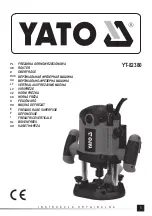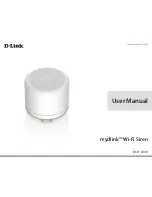
6-4
Cisco MGX 8850 (PXM1E/PXM45), Cisco MGX 8950, Cisco MGX 8830, and Cisco MGX 8880 Configuration Guide
Release 5.0.10, OL-3845-01 Rev. B0, August 16, 2004
Chapter 6 Preparing RPM Cards for Operation
Initializing RPM Cards
The next example shows the dspcd command display for an RPM-XF:
M8850_SF.7.PXM.a >
dspcd
1
M8850_SF System Rev: 04.00 Apr. 23, 2003 05:27:37 GMT
MGX8850 Node Alarm: CRITICAL
Slot Number: 1 Redundant Slot: NONE
Front Card Upper Card Lower Card
---------- ---------- ----------
Inserted Card: RPM_XF MGX-XF-POS-2-OC12 MGX-XF-UI
Reserved Card: RPM_XF UnReserved UnReserved
State: Active Active Active
Serial Number: SAG054578LL SAG06300JUC SAG06493Q64
Prim SW Rev: --- --- ---
Sec SW Rev: --- --- ---
Cur SW Rev: 12.2(20021123:000514) ---
Boot FW Rev: 12.2(8)YP --- ---
800-level Rev: 14 01 A0
800-level Part#: 800-09307-02 800-21300-02 800-09492-02
CLEI Code: CLEI2POS10 BA5ASRYFAA
Reset Reason: On Reset from PXM
Card Alarm: NONE
Failed Reason: None
Miscellaneous Information:
Initializing RPM Cards
RPM cards are shipped with the latest software installed on the card, and they will operate as soon as the
card is installed. After you install the card, you must initialize the card. Initializing the card prepares the
card as follows:
•
Configures the card to use the runtime RPM software image stored on the PXM hard disk.
•
Configures the card to store the configuration file on the PXM hard disk.
Storing the configuration on the hard disk is essential for the following reasons:
•
If an active RPM card fails and the configuration is not stored on the disk, the standby RPM card
cannot become active.
•
The switch saveallcnf command cannot store configuration information that is not on the PXM hard
disk.
When the RPM card starts or reboots, it searches for the configuration file in the following sequence:
•
If there is a configuration file only on the PXM hard disk, the RPM card uses the configuration
stored on the hard disk.
•
If there is no configuration file on the hard disk, then the NVRAM version is used.
•
If configuration files exist on both the hard drive and bootflash, the switch examines a timestamp
tag in each file. If the timestamp tag is the same in both files, the RPM card uses the configuration
file stored in bootflash. If the timestamp tag is different, the RPM card uses the configuration file
stored on the hard drive.
















































